The food-to-go market has borne the brunt of the coronavirus crisis, as the pandemic restricted movement for the public and changed the way they ate.
Many operators closed for prolonged periods as consumers stayed close to home, with less of a need for food on-the-go.
Consequently, the market value is set to shrink by 29% in 2020, taking it down to £15bn, according to the new Lumina Intelligence UK Food To Go Market Report 2020 Update.
But the research also suggests the market will bounce back by 2022, due to its versatility, low contact and value-led proposition.
“The food-to-go market is forecast to grow by over 40% in 2021, returning the market value to around the 2019 level,” says Lumina Intelligence head of insight Blonnie Walsh.
”The very nature of food to go, whereby it is not consumed on premise, is relatively inexpensive and much of the customer base of the major players are already back at work, which means the sector is well insulated for a swift recovery.”
So how have the individual channels been affected, and how can they rebuild?
Convenience grab and go
Convenience grab and go value is forecast to drop 17% in 2020 according to the report, despite the channel remaining a major shareholder, dominating £5bn of the market.
But it is expected to see robust growth to 2023 due to its convenient locations and value-led principles. Other opportunities helping some covenience operators include new brand partnerships.
Scottish Spar wholesaler CJ Lang has just announced it is to add Dunkin’ Donuts to its food-to-go offering from next April under its new banner ‘CJ’s – hot and tasty food-to-go’.
“We have very ambitious plans to grow food-to-go within our Spar estate in Scotland,” says CJ Lang head of food-to-go Stephen Brown.
“It is one of the fastest-growing sectors of the eating-out market and as a forward-thinking convenience retailer, we are making a huge investment to ensure we are at the forefront of this sector.”
Meanwhile, Spar UK is launching six own-label food-to-go products in order to drive sales and increase customer retention.
“Snacking in the UK is seeing growth with a quarter of food-to-go shoppers buying a snack on-the-go twice a week,” says Spar UK brand manager Dave Wright.
“With the typical convenience food-to-go consumer being younger, it is important to have a food-to-go range that not only encourages repeat business with loyal customers but offers products attractive to new customers.”
Sandwich and bakery
Larger declines appear in channels that were mostly closed throughout lockdown, where the sandwich and bakery market was more adversely impacted.
Its value is forecast to shrink 39.2% this year, followed by a quick and substantial recovery driven by key player Greggs.
It has now reopened most of its sites and predicts a return to full service this month. It is also looking to expand its estate in supermarkets in a bid to recapture growth after the pandemic wiped out profits.
As the food-to-go market sees more technology-led innovations aimed at reassuring customers, the bakery chain also intends to launch a “very ambitious national rollout plan” for click & collect and delivery by the end of the month across its estate.
Contemporary fast food
The contemporary fast food channel, inhabited by the likes of Pret a Manger, is forecast to drop in value by 44.8% in 2020. And being a city-based operator, it remains exposed to a loss of footfall.
Pret CEO Pano Christou said in July the chain could close up to one in 10 of its roughly 400-strong UK estate as it deals with the dramatic drop-off in city centre footfall.
The business expects sales to creep up to no more than 60% of normal levels in the coming months.
Pret is hoping to claw back some sales in the growing plant-based market, with the help of new vegan bakery counter in its Veggie Pret stores.
The ‘Veggie Pret’s Vegan Bakery’ launched in all 10 Veggie Pret sites in July.
Coffee shops and cafés
The channel’s value is forecast to drop 32.2% from 2019 to 2020.
Despite this, the channel has been the strongest performer across the market and is set to grow 19% each year until 2023, according to the report.
Costa Coffee is a key example of how it has adapted to remain an integral channel for market growth, offering on-the-go customers a street-facing counter as they return to busier lifestyles.
Its low-contact, quick and convenient solution was trialled at its Argyll Street branch in Oxford Circus last month, which also features an outdoor ordering screen, for customers who remain concerned about going into stores.
Customers can collect pre-ordered drinks by using the Costa Coffee Club app, while the store has been equipped to support a delivery service via Uber Eats.
The market is expected to see higher levels of innovation around speed of service as it facilitates quicker ordering and payment services as a way of boosting levels of footfall.
Supermarket grab and go
Supermarket grab and go is forecast to drop 24.2% in value this year but then grow 11.3% each year until 2023.
Asda provides an example of the the promotional offers that are driving vists across breakfast and lunchtimes. The supermarket claims its £1.60 lunchtime meal deals, launched in August, are the cheapest in any supermarket.
It spans the retailer’s entire food-to-go range of 336 items, meaning it is not limited to a sandwich, drink and snack combination.







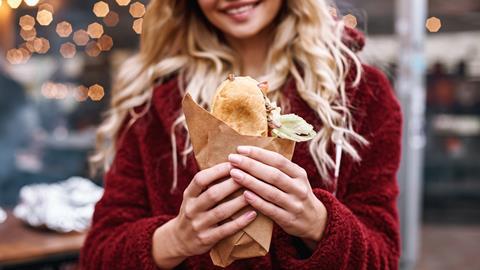
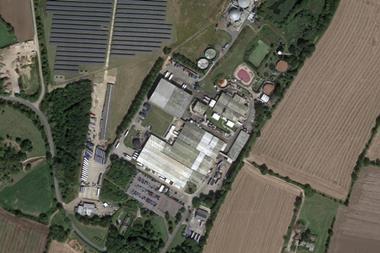
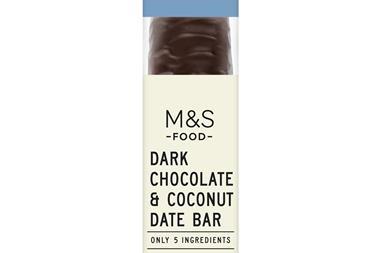
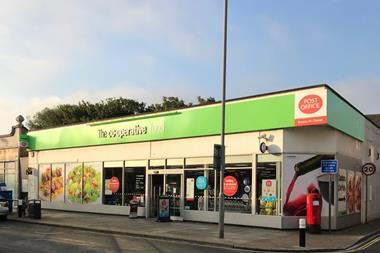

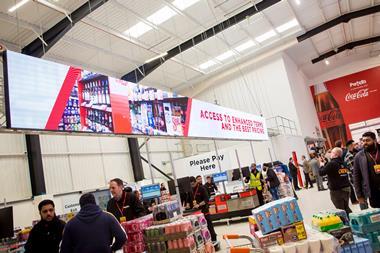
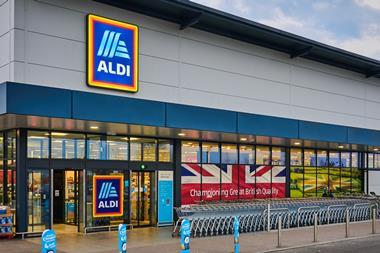



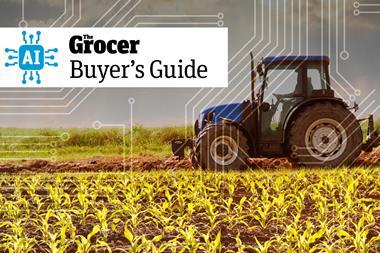


No comments yet